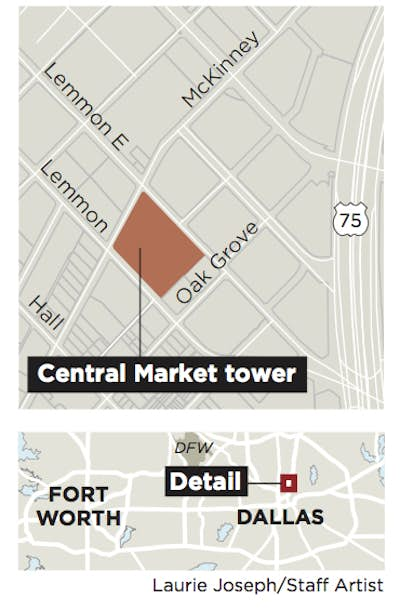Actually, not in this case. The 750VDC-powered Kinki Sharyo SLRV vehicles that DART employs in light rail service have 94 seats, with a max capacity of 274 passengers (seated and standing)
[1] - page 35, have a maximum speed of 70mph, and achieve a maximum acceleration rate of 2.3mph/s
[2]. The diesel-powered Stadler FLIRT3 vehicles that TEXRail is using (and DART will very likely use for the Cotton Belt line) contain a total of 229 seats, with a max capacity of 488 passengers (seated and standing)
[3], have a maximum speed of 79mph, and achieve a maximum acceleration rate of 2.7mph/s
[4]. Granted, the FLIRT3 is slightly more than double the length of the SLRV - 266 feet vs 124 feet - but still. The FLIRT3 vehicles provide light-rail performance in a commuter DMU package, and even look externally a lot like light rail vehicles.
That said, yes, they could electrify later if they wanted to; they appear to be engineering the roadbed for DART's part of the cotton belt line the same way they do for their light rail lines, just without the catenary poles or wire. The FLIRT3 vehicles are actually electric, but the ones TEXRail ordered (and presumably DART will as well) have a diesel powerpack inserted into the middle of the train that actually generates the needed electricity. To my knowledge, it's relatively simple to convert these to pure electrical use by installing the catenary assemblies.




 Reply With Quote
Reply With Quote











Bookmarks